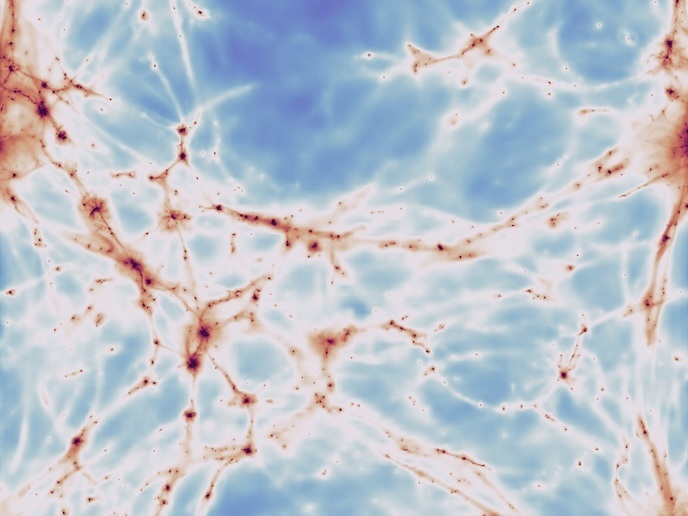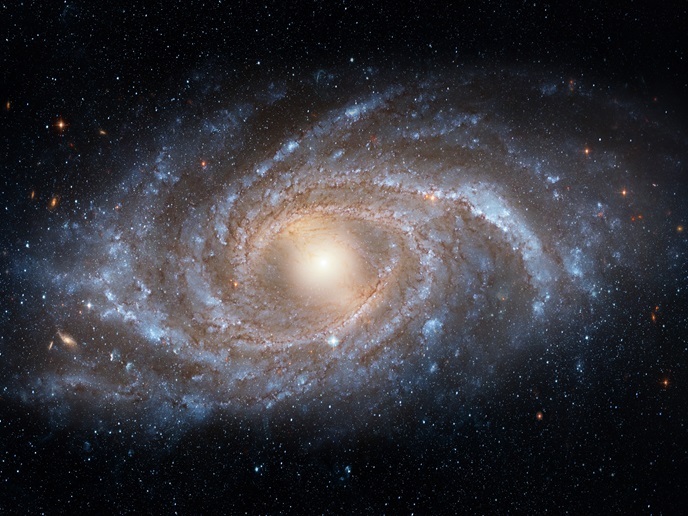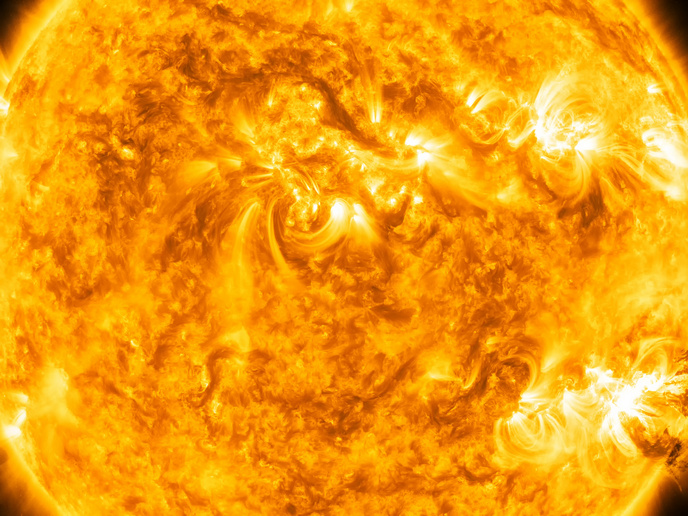Sifting through space data can lead to game-changing new discoveries
Telescopes in space observatories gather a huge amount of data every day, but piles of it remain unsorted, gathering dust in archives. Now, an EU-funded project has finished the job of analysing reams of information collected by the European Photon Imaging Camera (EPIC) onboard the European Space Agency’s XMM-Newton mission. The EXTRAS (Exploring the X-ray Transient and variable Sky) project hopes that the data it has analysed will pave the way for new discoveries about the portion of space observed by the EPIC. ‘Now that the systematic temporal analysis of all data has been completed, scientific study and interpretation of results can start. I would say the best is yet to come!’ says Andrea De Luca, EXTRAS project coordinator. EPIC – the most powerful instrument studying the soft X-ray energy range - uses electromagnetic rays to probe space every day. Astronomers use the data collected by the telescope to observe phenomena such as extremely high temperatures and super strong magnetic and gravitational fields in a bid to improve our understanding of the universe. ‘These phenomena all vary over time, and their variability is key to understanding their nature and their physical properties,’ explains De Luca. However, a lot of the data collected falls into the telescope’s view by chance – and a lot of this data remains buried in archives. EXTRAS extracted and characterised the time variability of all phenomena contained in EPIC’s archives since it started operating in 1999. ‘We are dealing with the richest ever catalogue of data in the soft X-ray energy range’, says De Luca. The catalogue - an ongoing project carried out by a consortium appointed by the European Space Agency - contains about 500,000 sources detected by EPIC. ‘We characterised all kinds of temporal variabilities, both periodic and aperiodic, including sources that pop-up and disappear in a short time, known as fast transients, in hundreds of thousands of sources, spanning more than eight orders of magnitude in time scale and six orders of magnitude in flux,’ he adds. The project also developed new approaches and software to extract information from the data. They were specifically designed to cope with a wide variety of ‘space weather’ conditions in the environment surrounding the orbiting telescope. Excitingly, the team has already managed to unearth a new discovery. By analysing telescope data, EXTRAS detected pulsations in an extreme ultraluminous X-ray source. ‘This source is a neutron star located in another galaxy, accreting gas from a companion star and shining at a prodigious rate, exceeding by orders of magnitude the maximum theoretical luminosity for a similar system,’ explains De Luca. The discovery is a game-changer for the physics of accreting binary systems – one of the main branches of high-energy astrophysics – since the star behaves in a way previously not thought possible. For De Luca this is just the tip of the iceberg. “Exploring the scientific content of EXTRAS results and products will take years – we are of course going to participate actively in such a treasure hunt,” he says. All of EXTRAS results and products – including new software tools – will soon be made publicly available via the EXTRAS Public Data Archive.







